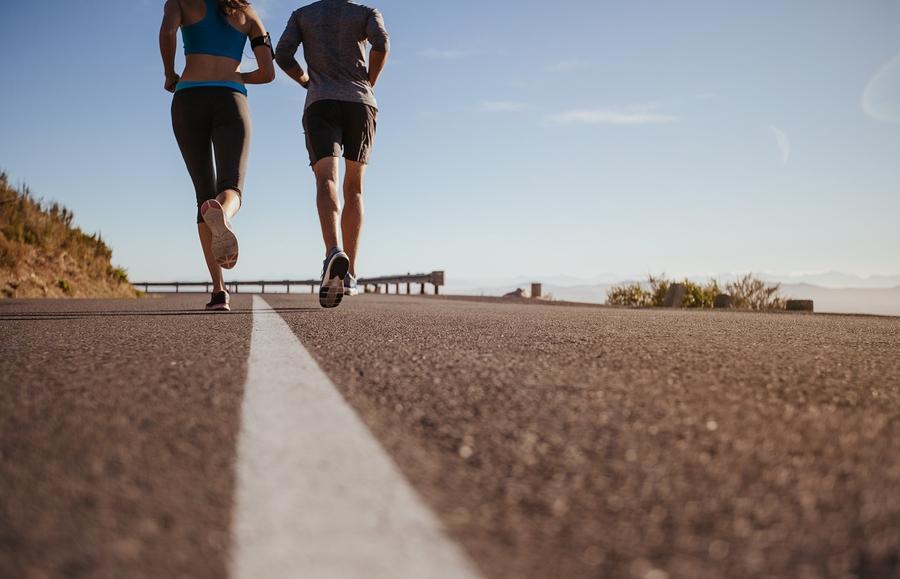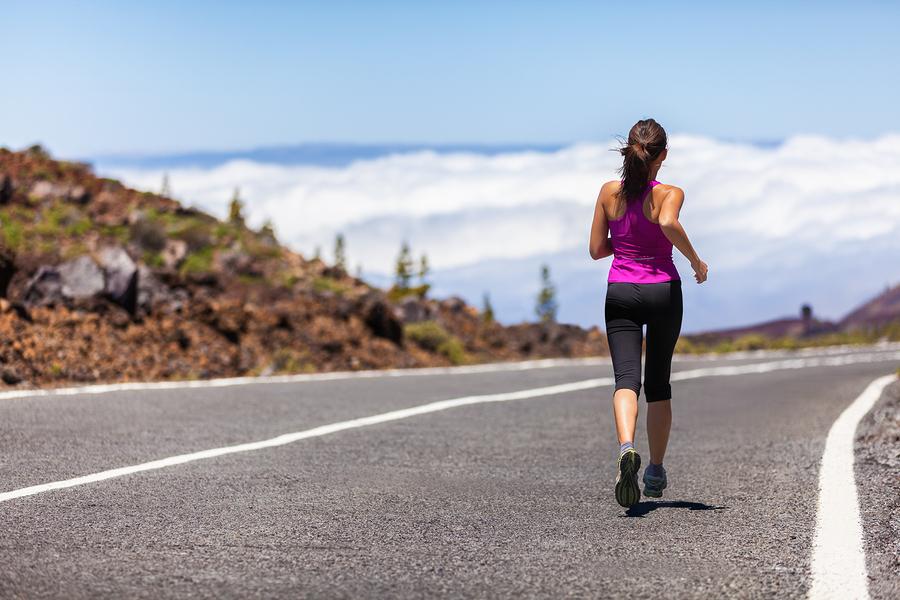Researchers have recently been exploring the impact of both running and cycling on long-term bone health in order to determine which is more effective. The results seem to suggest that exercise that puts a greater strain on the bones, such as running, is more likely to be effective in preserving the long-term health of the bones. Cycling, on the other hand, is a non-weight bearing exercise and therefore does not have the same benefits to the bones as running.
The research was conducted as part of a new study that served to measure the hormones of mountain ultra-marathon runners. The results were then presented at the European Congress of Endocrinology.
Previous Studies
A past study conducted in Italy supports the findings of the new study. This Italian research was focused on cyclists who compete under ultra-endurance conditions. It was suggested that these cyclists had the potential to suffer from weakened bones due to calcium being released into the blood stream during this type of exercise. During the more recent study researchers were keen to discover if runners also experienced this same response.
It was possible for the researchers to measure this calcium release response by monitoring certain vitals in the bones, as well as certain hormones that are connected to the regulation of energy in the body. There are two particular proteins present in bones which are essential for optimum bone formation. These proteins are known as osteocalcin and P1NP. Adequate levels of these two proteins in the bones are an indicator of positive bone health. Furthermore, three different hormones, known as insulin, leptin and glucagon are all directly involved in the regulation of the metabolism and energy levels. These three hormones and these two proteins were all studied as part of the research. The presence of these things was compared between a set of people who had just participated in an ultra-marathon and a set of people who had just participated in low-intensity physical exercise.
Comparing these two different groups of people showed that the marathon runners had increased amounts of glucagon in their bodies, but lower levels of insulin, leptin, osteocalcin and P1NP.
Reactions in the Body
These results point to the fact that the marathon runners had energy re-routed by the body from bone formation to energising the metabolism. This then allows the body to cope with the demands of the task at hand. However, it was also interestingly observed that those who had ran the marathon had higher levels of the protein P1NP when they were resting, compared to the group of low-intensity exercisers.
This suggests that they will still benefit from improved bone health in general, even though this is negatively represented during periods of strenuous exercise.
Conclusions of the Study
Dr Giovanni, who led the recent study, claims that both men and women need to exercise regularly in order to preserve optimum health. He believes that the results of the study show that people who are at risk of weakened bones should look to engage in running, as opposed to other forms of exercise.
This is not to say that there isn’t benefits to be gained from all sorts of exercise, but in order to maximise results in an efficient amount of time, running is a prime choice for boosting bone health.
Optimum Bone Health
Protecting your bones as you age is essential and alongside exercise your diet is also important. Eating for optimum bone health is especially important in our younger years, but that does not mean it should be negated as an adult. Making a continuos effort to include a wide variety of nutrient-rich food is a great way to aid the health of your bones, as well as your health in general.
In order to keep your bones healthy you will need to consume an adequate amount of calcium. You will also need to have an adequate amount of vitamin D, as this enables the body to absorb the calcium. In addition to coming from dietary sources, we also get vitamin D from sunshine. Foods rich in calcium include dark leafy green vegetables, fortified tofu, green beans and almonds. Foods rich in vitamin D include fish, cheese and eggs.
There are certain groups of people who are more at risk of a vitamin D deficiency than others. This includes babies and young children, elderly people, those who spend a lot of time indoors and those who cover up a large portion of their skin with their clothing. Research has also shown that people with darker skin are also at a heightened risk of a vitamin D deficiency.
If you develop osteoporosis then it is likely that your healthcare professional will prescribe calcium and vitamin D supplements. By combining running with a healthy diet you will be equipping your body as best you can to help to prevent the onset of this disease.
References
1) http://www.wimbledonclinics.co.uk/news/running-better-for-bones-than-cycling-or-swimming-study/
2) https://www.sciencedaily.com/releases/2016/05/160530190146.htm
Related Posts
Cigarettes May Inhibit Inflammation Treatments
Axial spondyloarthritis, also known as AxSpa, is a chronic…








